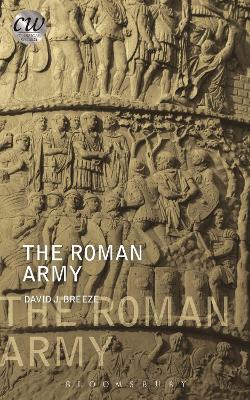Classical World
2 total works
This authoritative short volume introduces readers to the Roman army, its structure, tactics, duties and development. One of the most successful fighting forces that the world has seen, the Roman army was inherited by the emperor Augustus who re-organized it and established its legions in military bases, many of which survived to the end of the empire. He and subsequent emperors used it as a formidable tool for expansion. Soon, however, the army became fossilized on its frontiers and changed from a mobile fighting force to a primarily defensive body.
Written by a leading authority on the Roman army and the frontiers it defended and expanded, this is an invaluable book for students at school and university level, as well as a handy guide for general readers with an interest in military history, the rise and development and fall of the Roman legions, and the ancient world.
Written by a leading authority on the Roman army and the frontiers it defended and expanded, this is an invaluable book for students at school and university level, as well as a handy guide for general readers with an interest in military history, the rise and development and fall of the Roman legions, and the ancient world.
Designed for students and teachers of Ancient History or Classical Civilisation at school and in early university years, this series provides a valuable collection of guides to the history, art, literature, values and social institutions of the ancient world."Hadrian's Wall and the Antonine Wall" defined the edge of the Roman Empire in Britain. Today, the spectacular remains of these great frontier works stand as mute testimony to one of the greatest empires the world has ever seen. This new accessible account, illustrated with numerous photographs, maps and plans, places the frontiers into their context both in Britain and Europe, examining the development of frontier installations over four centuries.

